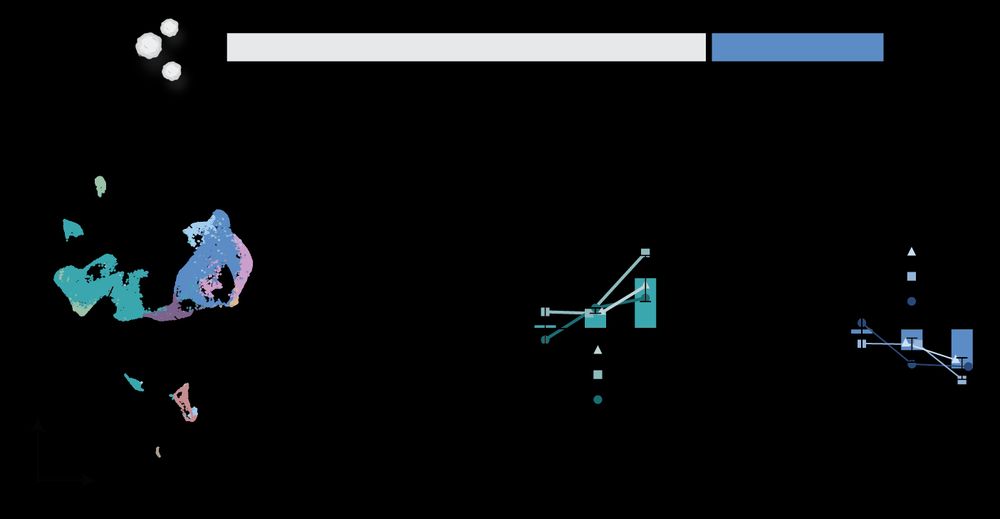Steven Sloan
@sloanlab.bsky.social
1.4K followers
160 following
62 posts
Neuroscientist. Glial Biologist. Astrocyte enthusiast. Neurodevelopmental lab at Emory University studying the role of glia in health and disease.
www.SloanLab.org
Posts
Media
Videos
Starter Packs
Steven Sloan
@sloanlab.bsky.social
· Aug 21
Steven Sloan
@sloanlab.bsky.social
· Aug 21
Steven Sloan
@sloanlab.bsky.social
· Aug 21
Steven Sloan
@sloanlab.bsky.social
· Aug 21
Steven Sloan
@sloanlab.bsky.social
· Aug 21
Steven Sloan
@sloanlab.bsky.social
· Jun 30
Steven Sloan
@sloanlab.bsky.social
· Jun 30

















